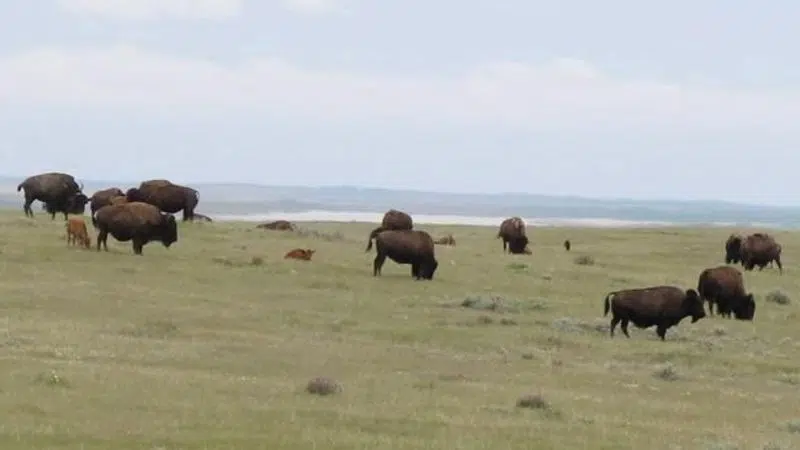
Bison in Prince Albert National Park declining from overhunting: study
Research into free-roaming plains bison in Saskatchewan’s Prince Albert National Park says the herd could go extinct from overhunting in fields outside the protected area.
The study, published in the journal Biological Conservation, looked at why the Sturgeon River herd’s population has decreased to about 120 animals.
“We had about 500 bison back in 2005 and the population has been going down ever since, pretty much crashing,” co-author Ricardo Simon said in an interview. “It’s not usual for a species like bison, which is a big, large herbivore, to have a decrease in population size that fast.”
Simon, a PhD student at Laval University in Quebec, said he and his supervisor Daniel Fortin looked at three potential causes: predation by wolves, diseases and hunting.


